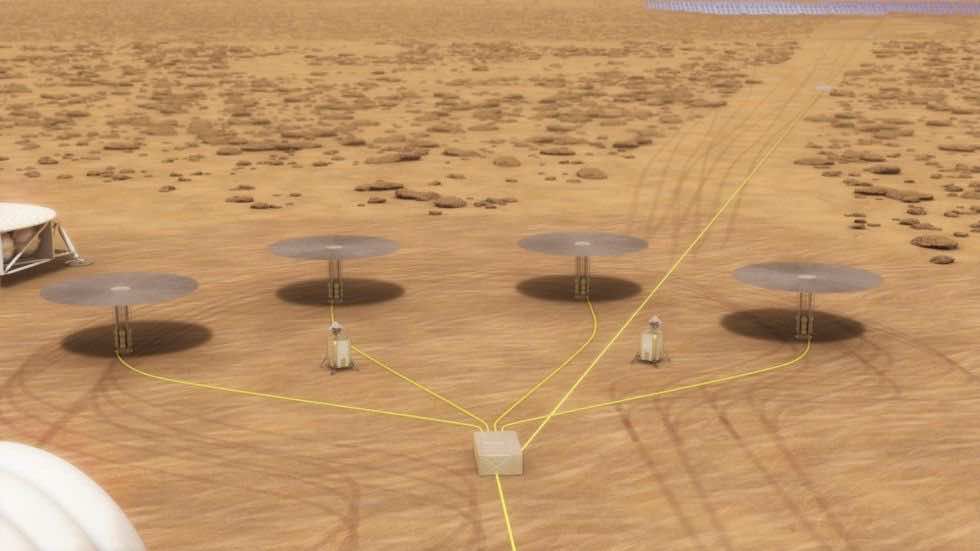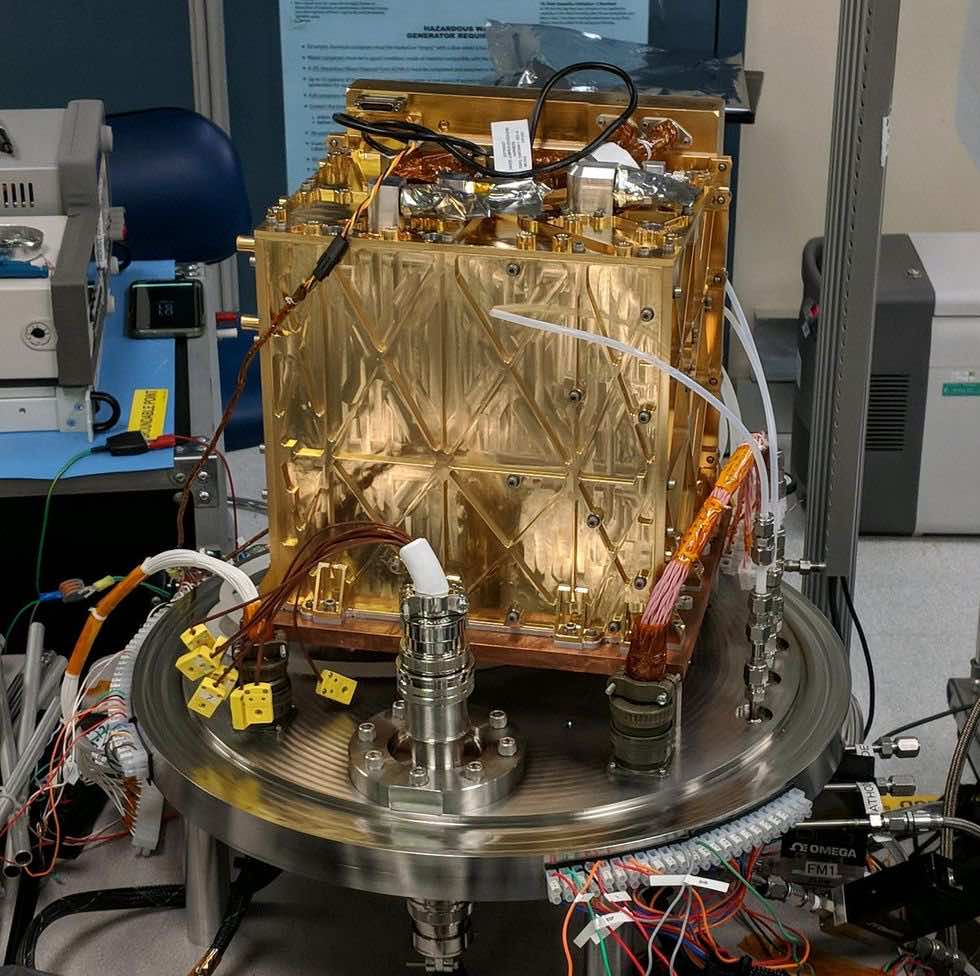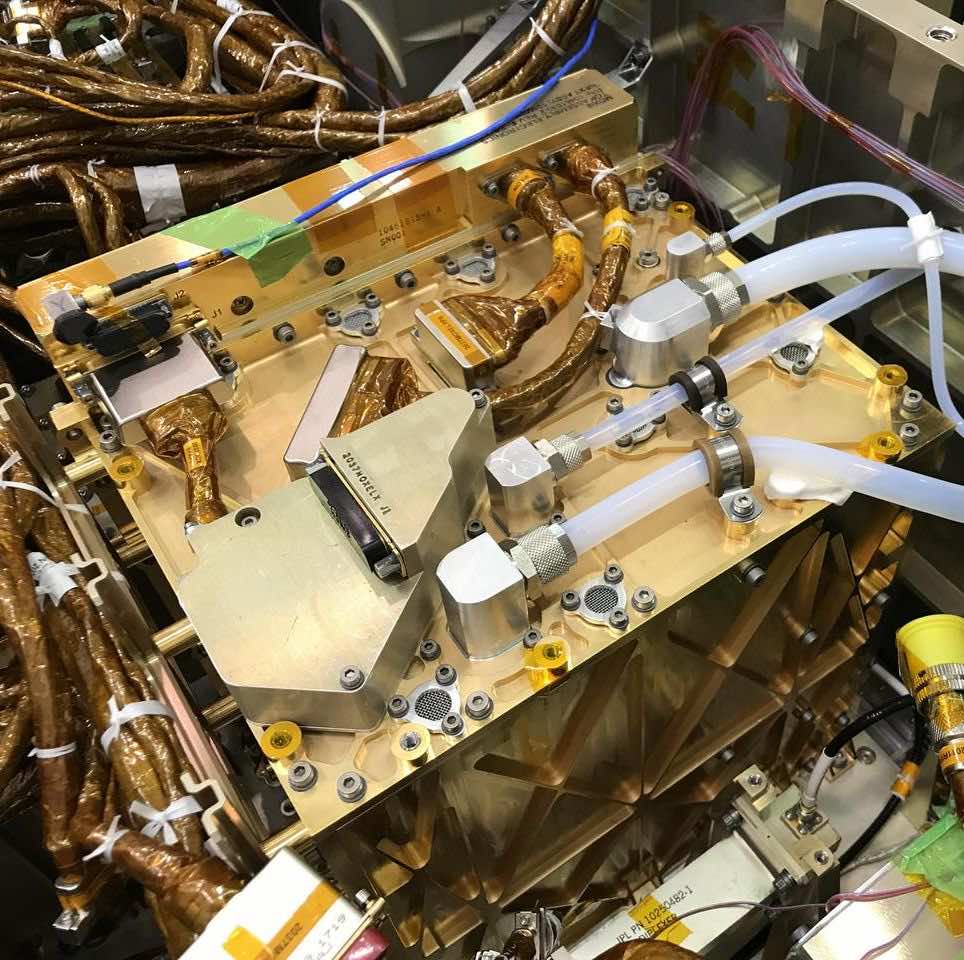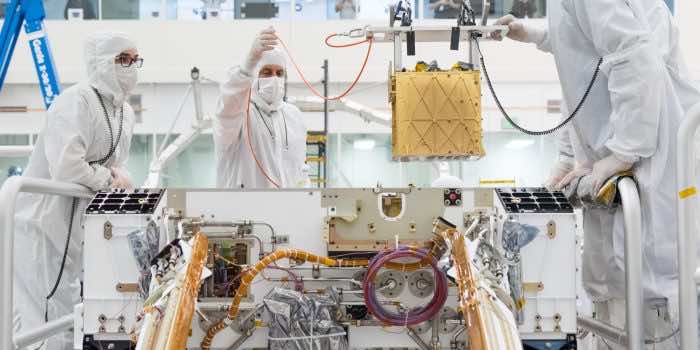A little over a month ago, NASA’s Perseverance rover made a bold landing on the Martian surface that’s now been viewed (and reviewed) by millions. But now, the actual work starts. Packed deep inside Percy is an instrument created to inhale Mars’ carbon dioxide-rich atmosphere and exhale oxygen. Actually, it’s a mechanical tree—one that could forever change humanity’s future on the Red Planet.

Mars’ atmosphere is approximately 1 percent the density of Earth’s. If we have any surviving goals and working on the Red Planet, we’ll require to generate and stock oxygen.
“What breathes the maximum on a mission to Mars? Not the people,” Michael Hecht, the Associate Director for Research Management at MIT’s Haystack Observatory and the main investigator of NASA’s MOXIE project, told Popular Mechanics. “It’s the rocket that will result in taking you home from Mars that is going to get you off the planet.”
Based on NASA’s numbers, a four-person team will require many propellants—estimating 15,000 pounds of fuel and almost 55,000 pounds of oxygen—to create the thrust required to depart from the Martian surface and come back home. Carrying all of that oxygen from Earth is a difficult task. That’s where the Mars Oxygen In-Situ Resource Utilization Experiment, or MOXIE, becomes useful.


Nearly the size of a car battery, MOXIE is one of NASA’s multiple in-situ resource utilization (ISRU) experiments. In spirit, ISRU is the agency’s variety of homesteading, and the experiments search ways for future spacefarers to create things from resources find in other worlds.
“If we seriously want to get off-planet and do something other than a science mission, you really have to begin exploring about living off the land,” Jerry Sanders, who heads the ISRU Capability Leadership Team at NASA’s Johnson Space Center in Houston, told Popular Mechanics.
NASA is investing precious time and loads of money—about 50 million in the case of MOXIE—to invent strategies to create self-sustaining settlements on the moon as well as Mars. After years of research, we’re about to discover if MOXIE—and other experiments like it—can really work.


